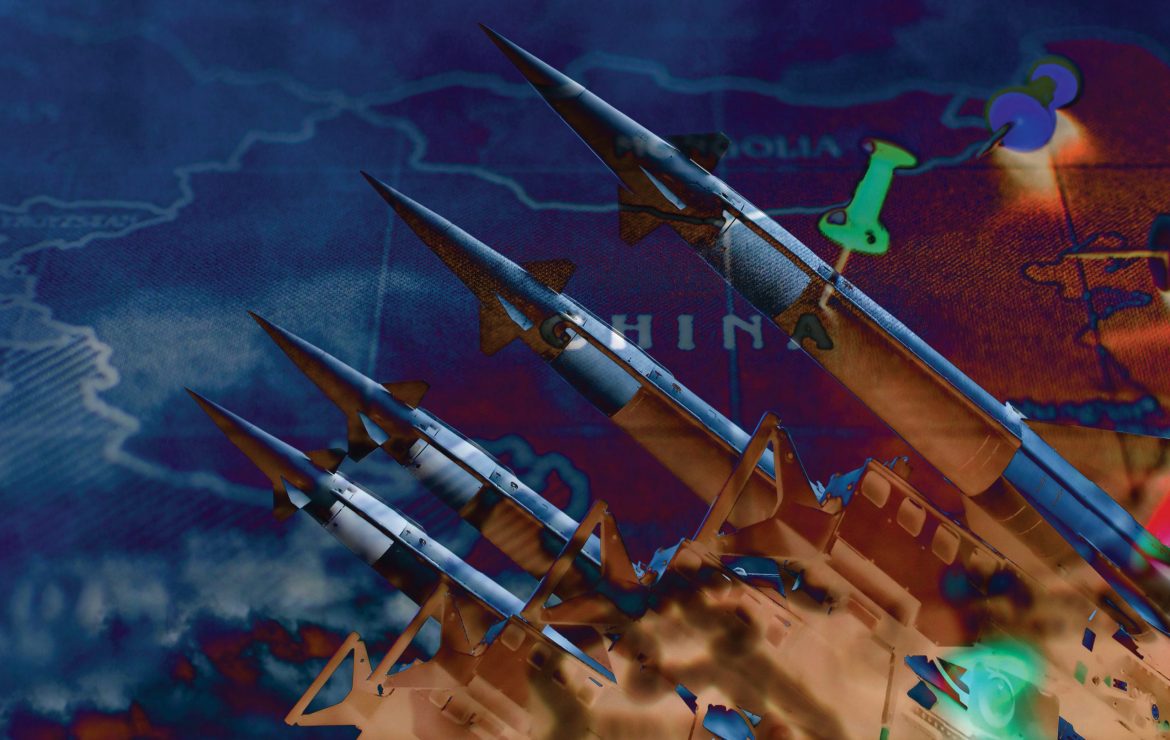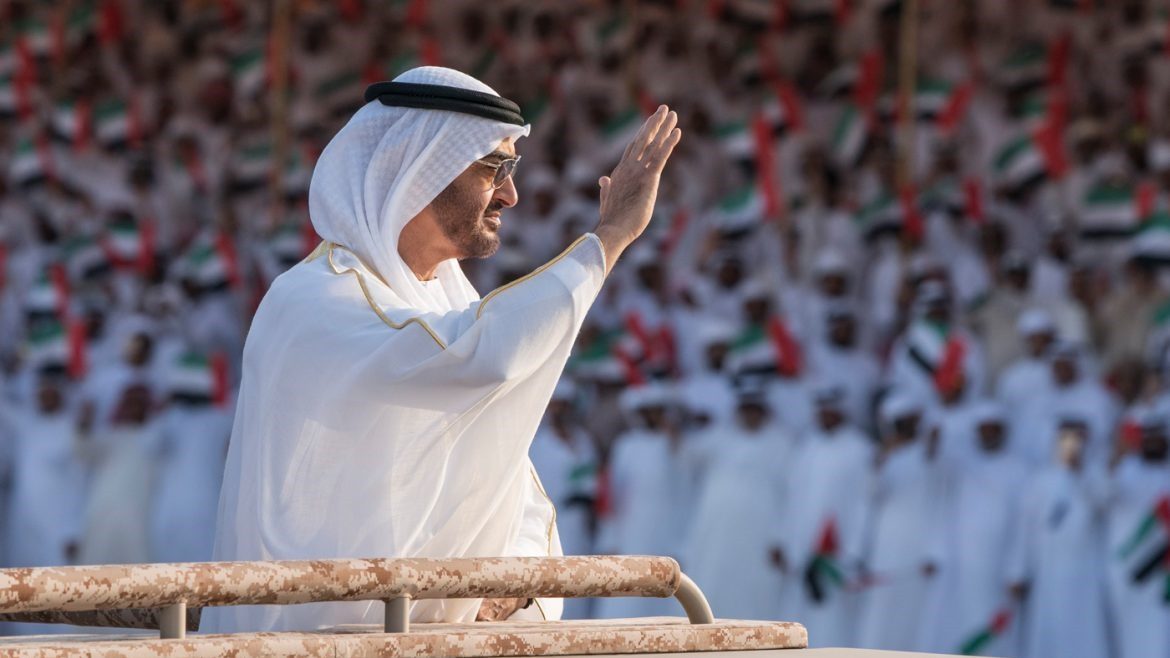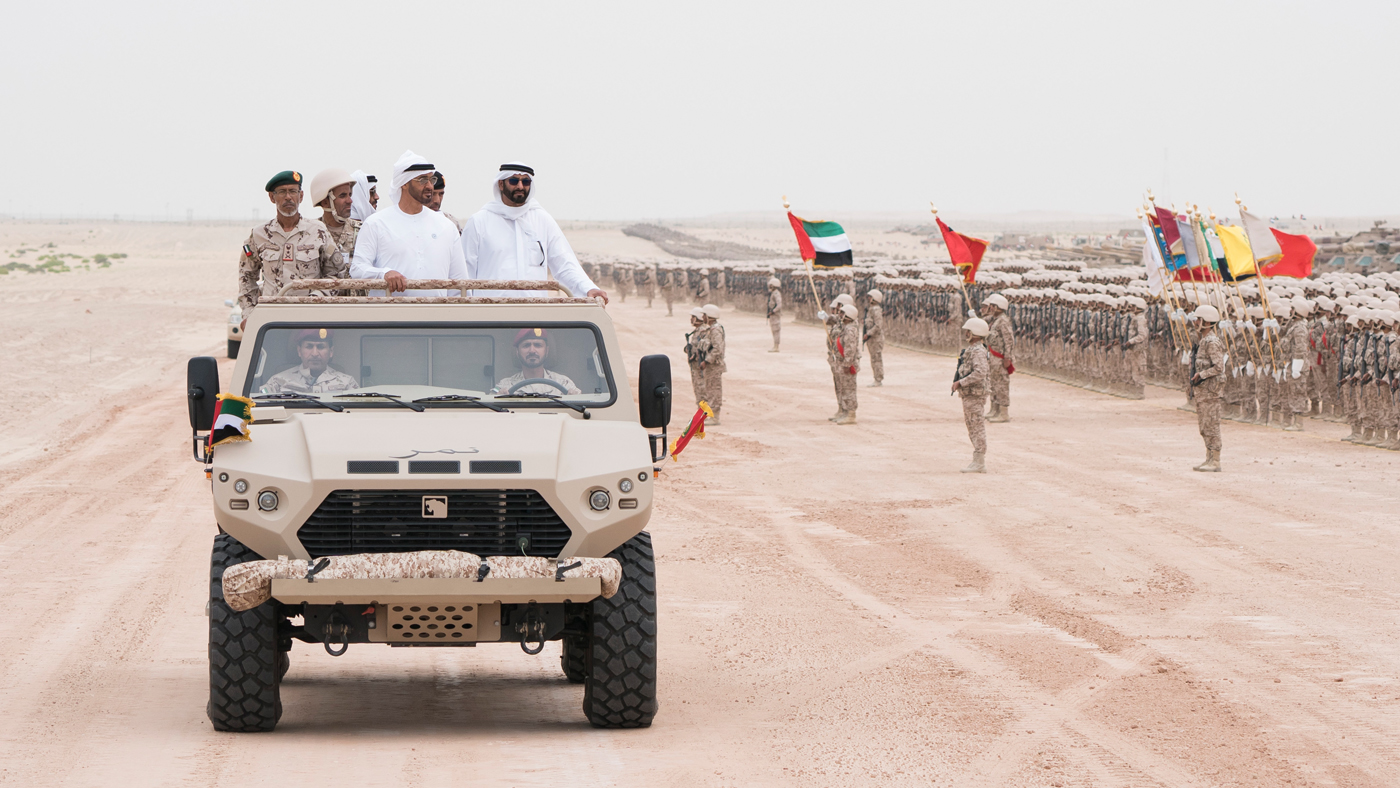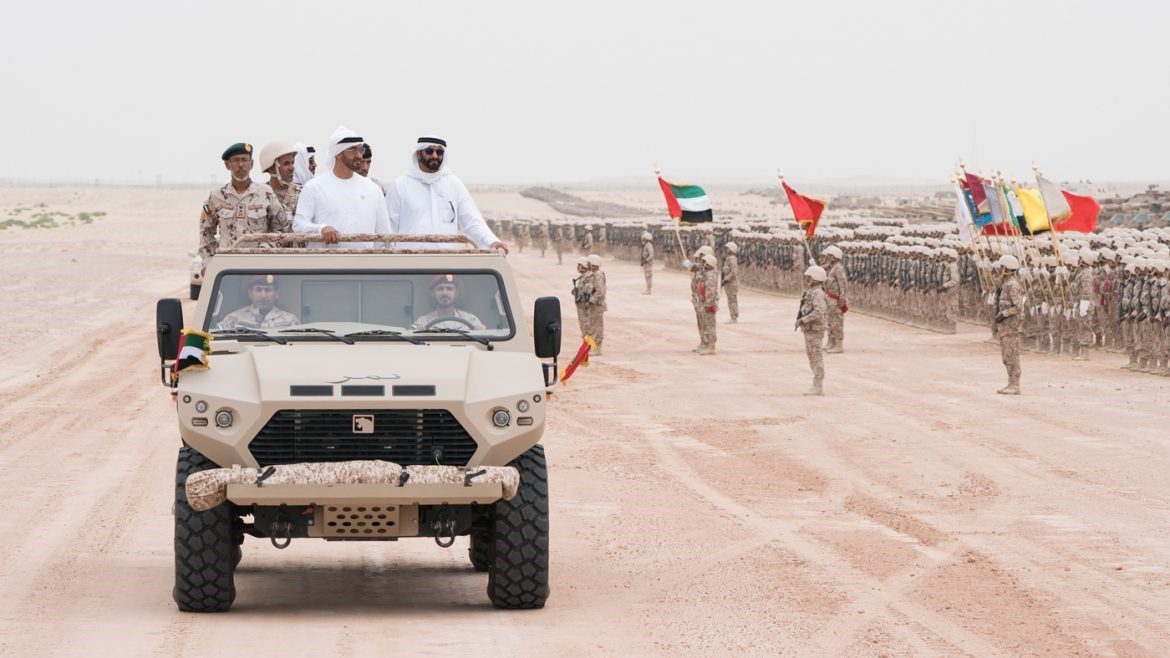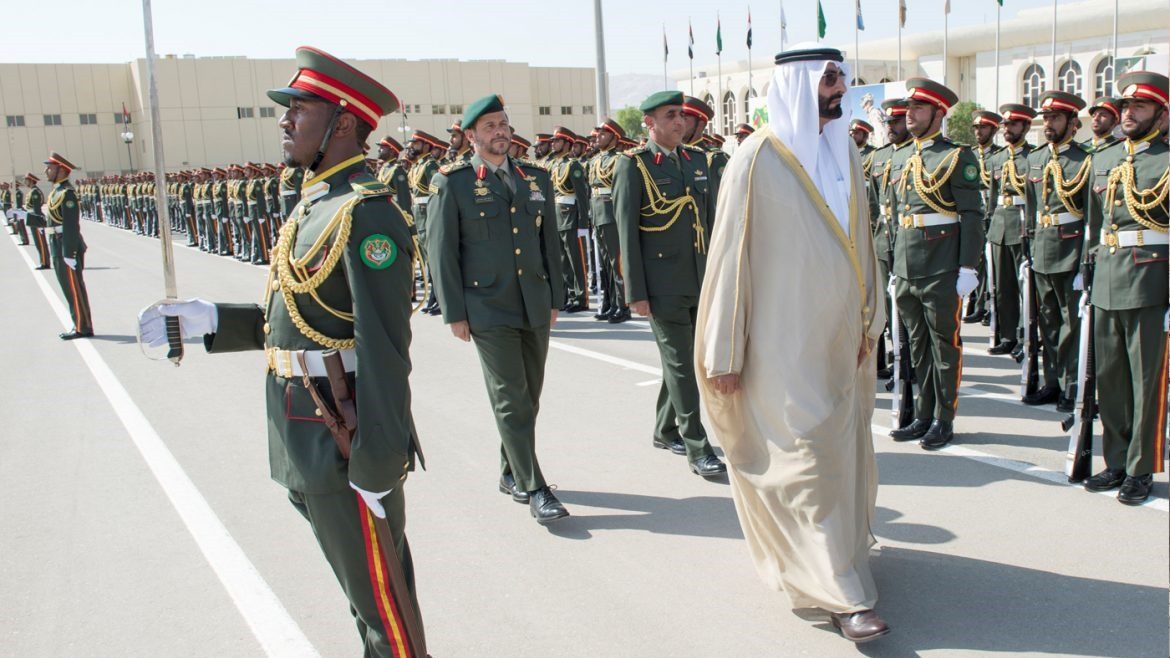In recent years, there has been substantial discussion on whether and how anti-access/area denial (A2/AD) capabilities are changing the global security environment. A growing number of (state) actors are opting for A2/AD capabilities as a way to stand up to adversaries that are generally considered militarily superior. A strong defensive posture can raise the costs of attack so high, that a potential adversary would not even try.
This makes A2/AD an important warfare tool of deterrence. But there is nothing truly new, nor truly remarkable about the concept. Throughout history, rivaling powers have tried to deny each other access to critical areas and assets. This dynamic was already present in the clash between Athens and Syracuse, more than 25 centuries ago. In another historical example, in 1915, the Ottomans dotted the Dardanelles with naval mines and defeated a naval operation staged by the UK, the French, Austria and Russia in the narrow but important waterway between Europe and Asia. Another example was the “missile wall” by Turkey, Syria and Egypt against Israel during the 1973 war.
While the principles behind A2/AD have long existed, technological developments and changes in global and regional power constellations, have revived the concept. Unfortunately, A2/AD is often used as a buzzword, in which important nuances are lost. Whereas it is exactly those nuances that matter for military strategists and operational commanders. This article looks into the current A2/AD challenge, assesses the slight differences between the strategies and capabilities of China and Russia and draws some conclusion on their impact on military thinking and the way the West handles this.
Increasing sophistication and proliferation of A2/AD capabilities
The strategic principle behind the concept of A2/AD is one of all times, but its practice has changed throughout history. Currently, these changes are taking place at two important levels:
(1) The increasing sophistication of A2/AD capabilities. Missiles tend to take central stage and they are getting ever faster, travelling at hypersonic speeds of Mach 5 (five times the speed of sound) and far more. Aerodynamism makes that they can much better conceal what the actual target is than missiles travelling along a specific arc. At the same time, strikes are getting more precise. Armed (swarms of) drones are entering the battlefield and systems get ever more truly integrated. Cyber space is also adding new A2/AD possibilities. Denial of internet-based operability and jamming in the electromagnetic spectrum can be just as harmful as denying access to physical environments.
(2) The proliferation of A2/AD capabilities. For decades, the US and some of its NATO partners had such political and military overweight, that they could operate pretty much uninhibited in every corner of the world. But a large number of states is acquiring capabilities such as precision-guided munition and long-range weapons with the aim of building up defensive A2/AD postures to hinder the US and others. This proliferation is giving way to a more contested military-strategic context and helps in levelling the military-technological playing field. The most important “trend setters” in this regard are China and Russia.
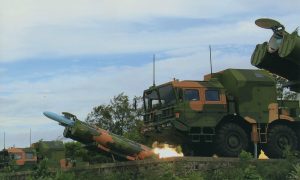
China: A2/AD capabilities to claim back control over the Pacific
In the early 1990s, China decided to accelerate the modernization of the People Liberation Army (PLA) and to push for advanced military capabilities. A2/AD capabilities became an important element of that modernization. The reason was that China was concerned about the dominance of the US in the Gulf War. China’s objective was first and foremost to decrease the room for maneuver of the US armed forces (and potentially others) in the waters surrounding China. China wanted to be in control over what it considers its own backyard.
The Chinese A2/AD strategy rests on a number of connected elements, most notably missiles, sensors and newly constructed artificial islands that can serve as military bases. In 2016, a Rocket Force was established with a number of different missiles for different purposes. The DF-41, for example, can reach the US mainland. The DF-26 is geared towards reducing the usefulness of US military bases in the Pacific, such as Guam and Okinawa. The missile is therefore nicknamed “the Guam killer”. The force is also endowed with a “carrier killer”, the DF-21 medium-range ballistic missile platform, even though it is unclear whether it has actually been tested against a moving target. China is extending the range from which it can conduct military operations with a number of artificial islands and military facilities on them. China also invests heavily in space-based satellites and sensors which helps China to dispose of full coverage of its surrounding waters and to build up a precise picture of a target’s location.
Russia: A2/AD capabilities for a decisive, first mover advantage
Russia, just like as it did at the height of the power of the Soviet Union, invests heavily in A2/AD capabilities. It deploys them around the Baltic states, the Black Sea, the Eastern Mediterranean and the Arctic, areas of strategic importance for Russia. The military objective that Russia has with these capabilities is slightly different from the Chinese aim of keeping the Americans out. That is also not so surprising, as Russia, first and foremost, is a continental land power operating in a significantly distinct geographical context than China does. Russia actually expects the US to be the aggressor and that the US will not be deterred to stay out of the conflict theater in case of escalation. Russia’s strategy is therefore based on the idea that the first moments of war will be decisive. Its (Russia) A2/AD capabilities are as such not put in place to interdict, but rather to defend and to attack, to disorganize the adversary and to cause attrition. Russia’s chief of General Staff, General Valery Gerasimov, calls this the ‘active defense strategy’, emphasizing initiative and preemption.
Russia has stationed aircraft and submarines and deployed new surface-to-air missiles in its enclave Kaliningrad, in the Baltics. Around Crimea, Russia has introduced air-defence systems such as the Almaz Antey S-400 Triumf medium- and long-range surface-to-air missile system. In Crimea, Russia also combines subsonic and supersonic coastal-defence missiles. At Tartus in Syria, Russia deploys strategic weapons such as the advanced S-300 and PANTSIR (SA-22) air defense systems, the Yakhont land-to-sea anti-ship missile systems, Iskander short-range ballistic missile, long-range detection systems, and electronic warfare systems. Russian aircraft deployed at a base near the port of Tartus, is apparently intended to provide air “umbrella” to the Russian navy operating in the Mediterranean.
Changing the security environment and military adaptation
The strategy and capabilities built up by China are largely considered to be sufficient to deter the US in the Pacific. This ‘success’ has inspired other, less powerful states to try copy the A2/AD playbook in order to gain regional influence and to decrease the room for maneuver of others. A larger number of states are acquiring more destructive, faster capabilities and their range is getting extended. This growing sophistication and the proliferation of these “defensive” capabilities are adding to a new military-technological paradigm, which will require new ways of thinking at the strategic, operational and tactical levels. At the strategic level, the security environment is moving towards a mature precision strike context and the “power to hurt” is likely to become a more prevalent theory of victory. At the operational level, the conduct of forced entry operations and expeditionary missions are likely to change. And at the tactical level, for example, integrated systems are increasingly crucial, thereby also growing the importance of electronic warfare and space-based assets.
NATO is well aware of the potential psychological effect of Russia’s powerplay on its Baltic and Eastern European members. Afterall, maintaining access to a war theatre affecting any of the alliance members constitutes the bedrock of its collective defense. To provide the necessary confidence to its periphery, NATO decided in 2016 on the deployment of a so-called Enhanced Forward Presence (eFP), consisting of four multinational battlegroups stationed in Estonia, Latvia, Lithuania and Poland. Led by the UK, Canada, Germany and the US, these battlegroups are like trip wire that would have any Russian aggression escalate into a war involving the alliance. NATO has also created a Very High Joint Readiness Task Force (VJTF), consisting of 5,000 troops able to deploy at short notice. Plus, it urges the development of necessary capabilities within its framework for capability development (the NATO Defense Planning Process).
With regard to China, the US is anticipating the possibility of having to engage in a counter A2/AD campaign. In such a scenario, it is less relying on NATO, which has Russia as its main focus. The US joint doctrine mandates that the US Armed Forces “must be capable of deploying and fighting to gain access to geographical areas controlled by forces hostile to U.S. interest.” The US conducts exercises for forcible joint entry operations, such as in September 2020 as part of the exercise Defender Pacific 20. As in reality, the exercise scenario was not so much about a direct escalation between the US and China, but about a clash between China and a smaller Asian nation with a mutual defense treaty with the US – which as a result triggered an unintended great-power showdown.

By: Dr. Saskia van Genugten
(A Senior Research Fellow in the MENA Peace & Security Prograamme of the Emirates Diplomatic Academy (EDA) in Abu Dhabi)


